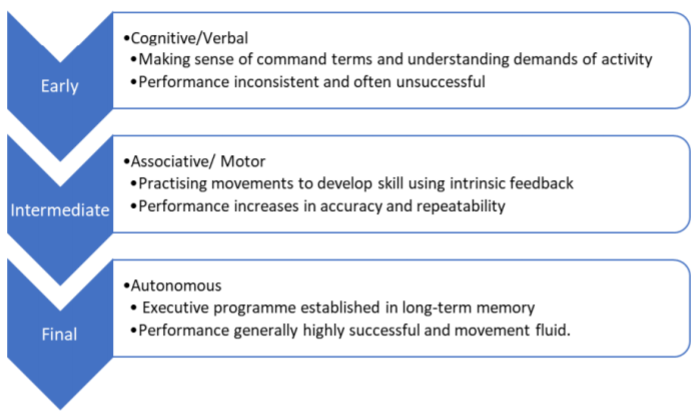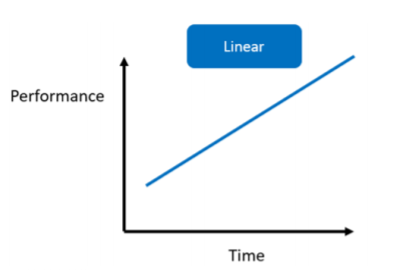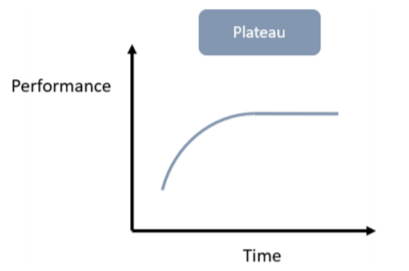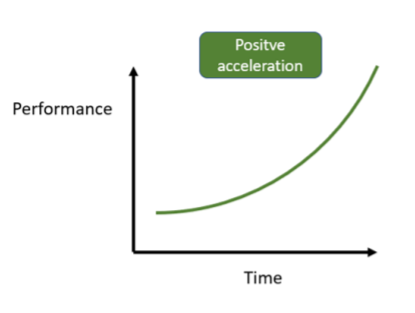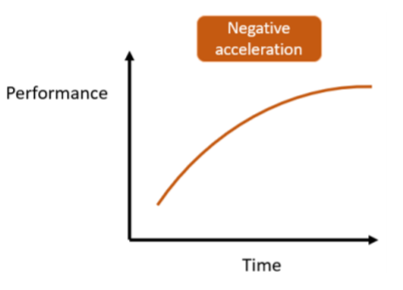IB SEHS Learning and Performance study guide
We’re giving you a sneak preview of our new IB study guide for Sports, Exercise, and Health Science (SEHS). Written by experienced IB teacher and author, Fred Boylan, the guide provides a thorough review of the syllabus helping you to stay on top of your studies throughout your IB diploma. Below, you’ll find an excerpt focusing on Learning and Performance. If you like what you read, sign-up for our newsletter to stay informed on when our Sports, Exercise, and Health Science study guide will be available or check our SEHS resource page for updates.
SEHS: Learning and Performance
Performance is the temporary and transient occurrence that can fluctuate over time and refers to an isolated incidence whereas learning is the long-term change in performance (normally positive) based upon experience. An improvement in performance over a period of time is taken to indicate that learning has occurred. Learning can be categorized as having 3 distinct phases; the cognitive/verbal phase, associative/motor phase and the autonomous phase.
Learning curves demonstrate how quickly skills can be acquired over time which improve performance.
Figure 5.6 Linear learning curve
A linear learning curve illustrates that as time progresses there is a constant increase in performance. For simple skills this may be the case, but more commonly other shaped learning curves are encountered.
Figure 5.7 Learning curve with a plateau
The plateau on the right demonstrates that although rapid improvement in performance has taken place at the start there has been a steady period after this where for a period of time there is no appreciable change in performance. This may be due to other confounding factors shown in table 5.6.
Figure 5.8 Learning curve showing positive acceleration
Positive acceleration in learning is typified by an upwards sloping curve which indicates that the skills may have been initially hard to master but then there is an ever-increasing improvement in the performance.
Figure 5.9 Learning curve showing negative acceleration
Negative acceleration shows the opposite pathway where the skills may have been easy to learn at first but then the rate of performance increase slows, sometimes even to the point where it reaches a plateau.
Factors that Contribute to the different rates of learning
A variety of factors contribute to different learning rates, including:
Physical maturation: Physical maturity increases rate of learning due to overall better motor control, muscle coordination and balance.
Physical fitness: Being generally fitter and more powerful may provide the extra strength and stability which will make learning new movements easier.
Individual differences of coaches: Different people respond well to different coaching styles so working with a coach whose coaching style works for you can lead to faster learning.
Age: In general, the older you are the quicker you are to learn new skills because of association with other skills.
Difficulty of task: A simple task will evidence a high rate of learning, but a more complex task will take considerably longer to master all of the individual components of the motion.
Teaching environment: The area in which the training is done can affect the rate of learning both by access to better equipment but also by motivating factors such as role models within the club.
Motivation: The reasons behind learning play a significant factor and a pupil in a PE lesson may be significantly less motivated than a top-flight athlete e with a drive to succeed.
Stay on-top of your revision
We hope this excerpt from our forthcoming SEHS IB study guide has been useful. Having tools that present information in a clear and easy to understand way will help you revise your SEHS material throughout your IB diploma and make preparing for your IB exams a bit easier. Compile the tools and resources you find most helpful and use them regularly to check your understanding and fill knowledge gaps. Remember, you can sign-up to our newsletter below to receive updates about the release of our Sports, Exercise, and Health Science IB study guide as well as more SEHS resources.

